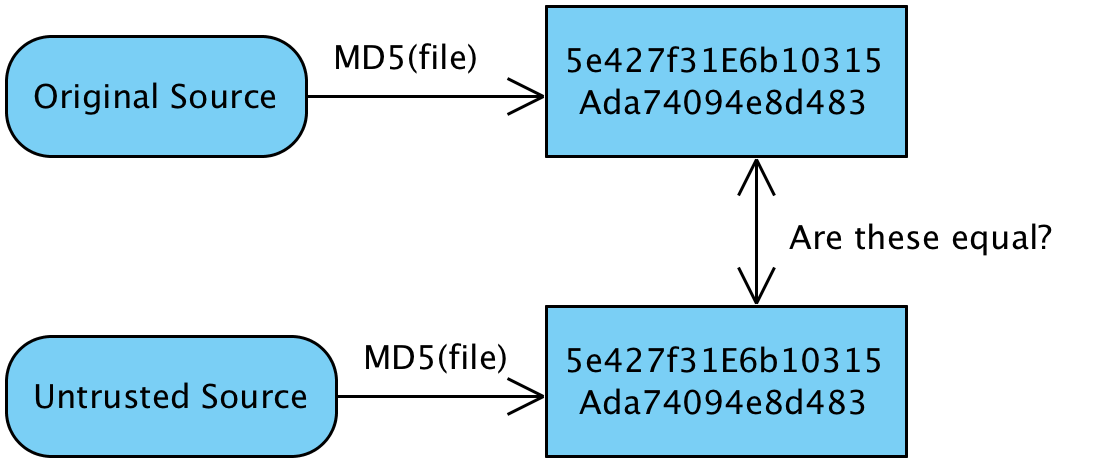In this chapter, we'll add the ability for an application to remember a user even after their session has expired and the browser is closed. The following topics will be covered in this chapter:
- Discussing what remember-me is
- Learning how to use the token-based remember-me feature
- Discussing how secure remember-me is, and various ways of making it more secure
- Enabling the persistent-based remember-me feature, and how to handle additional considerations for using it
- Presenting the overall remember-me architecture
- Learning how to create a custom remember-me implementation that is restricted to the user's IP address




